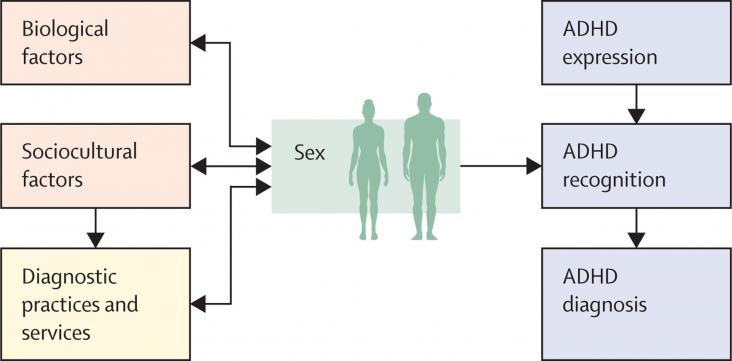
This Viewpoint looks at the reasons that females tend to be less likely to be diagnosed with ADHD, are diagnosed later in life, and are less likely to be prescribed medication. It considers potential biological factors including genetic factors, the influence of diagnostic factors such as diagnostic overshadowing, and sociocultural explanations including sex differences in presentation and compensatory behaviour.
The latest global prison trends from Penal Reform International suggest that approximately 740 000 women are in prison and that the number is rising in most regions. Neither the UN 2030 Agenda for Sustainable Development7 nor the UN definition of vulnerability make explicit reference to human rights of people deprived of their liberty.
Proper regulation is essential to ensure that such a system benefited those in need, and that those who provided organs are properly compensated. Without significant policy changes, however, far too many patients will continue to languish on waiting lists until they run out of time. The goal of SDG3 is that everyone should have a good health and well-being.
This chapter aligns with SDGs 3 and 6 by examining the relative capacity and capability of developing nations to adapt to hydrological variability arising from climate change and to study the challenges faced by developing economies to mitigate the impact of climate change on water resources.
This chapter aligns with SDGs 3 and 6 by examining how changes in precipitation, land use, EWEs, and necessary pollution control will force changes in how we farm.
A paper that explores how interventions can help reduce the waiting times in an epilepsy outpatient clinic.
This article shows that hospital-based newborn SCD screening and follow-up programs would be feasible in Haiti.
This Series paper supports SDG 3 by describing several measures of health system quality, which are potential drivers of confidence, including quality of the health system and primary care, government responsiveness to public input, and COVID-19 management; the authors also discuss the policy and research implications.
This Series paper supports SDGs 3 and 10 by describing health-care coverage and quality across the four countries, quantifying inequalities in these outcomes by socioeconomic status within country, and assessing the contribution of government, social security, and private health sectors to observed inequality.
This Series paper supports SDG 3 by providing an overview of the current state of health insurance in some African and Asian countries, focusing on how coverage varies across and within countries, and the association between insurance status and use of key preventive health-care services and health system competence.

